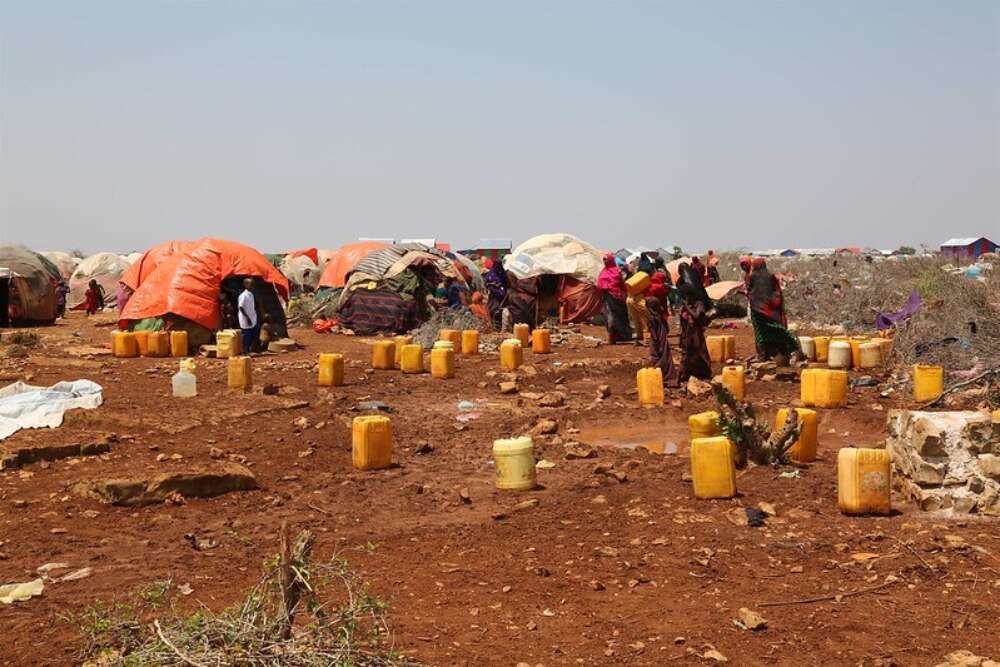Evaluation of the ICRC’s Community Contact Centres

An important part of the International Committee of the Red Cross’s (ICRC) commitment to strengthening accountability for affected people (AAP) is its rollout of Community Contact Centres (CCCs). Launched in 2018 with the aim of professionalizing the way the ICRC manages feedback from people affected by
conflicts and other situations of violence, by 2023 there were 15 ICRC delegations using CCCs, collectively registering over 280,000 inquiries.
This evaluation of the CCCs, conducted by GPPi, focused on three country cases: Iraq, Somalia and Ukraine. Between May and October 2023, the evaluation team conducted key informant interviews and desk research to identify strengths and weaknesses of the current approach as well as draw out lessons to inform the future roll-out of CCCs across delegations.
Overall, the evaluation finds that the CCCs are making a distinct contribution to accountability – at a limited cost and with manageable risks. That said, efforts to address design flaws and organizational challenges would enable the centers to realize more of their potential and provide a more suitable solution in emergency contexts. The most pressing current constraints of the CCCs include:
- the disagreement at the central level on whether and how to include protection-related concerns;
- the lack of a technical solution to do so seamlessly;
- the lack of integration between the call management and data collection components of the CCCs;
- the lack of integration or interoperability of the CCCs with other community-facing communication solutions;
- as well as unclear responsibility for the CCCs.
The evaluation team concludes that the ICRC should adjust its expectations vis-à-vis the CCCs to a more realistic and pragmatic level and continue to invest in the approach – e.g., by rolling it out in large operations and remote contexts especially – while addressing its limitations.
For more details on the evaluation findings and recommendations, download this summary.







